Food
(Savory)
Koshary
Eat / Savory / Vegan Friendly
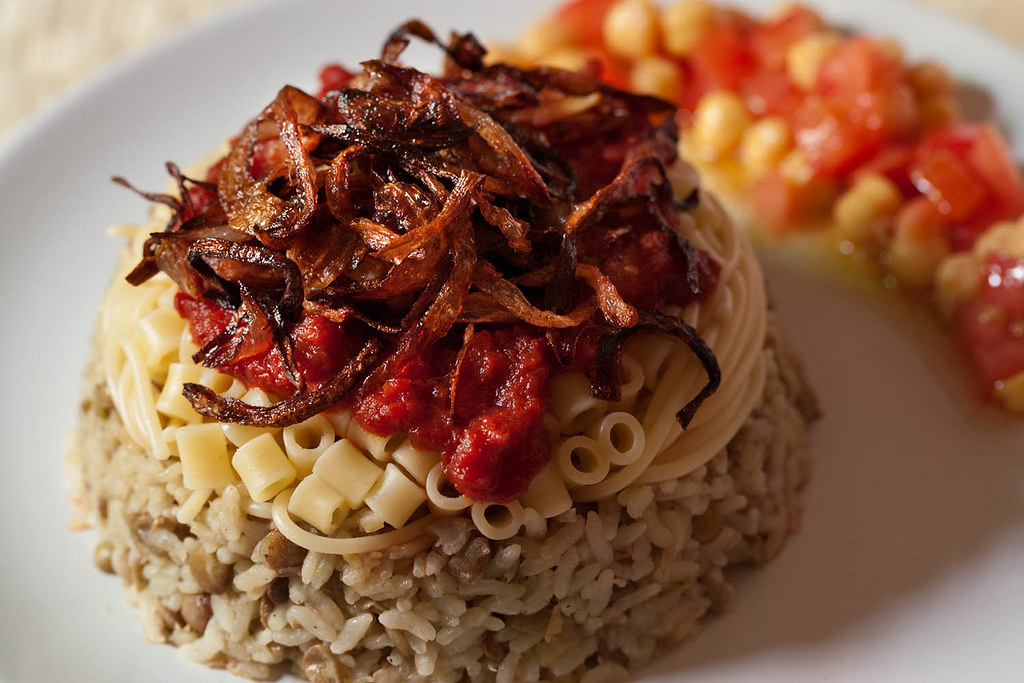
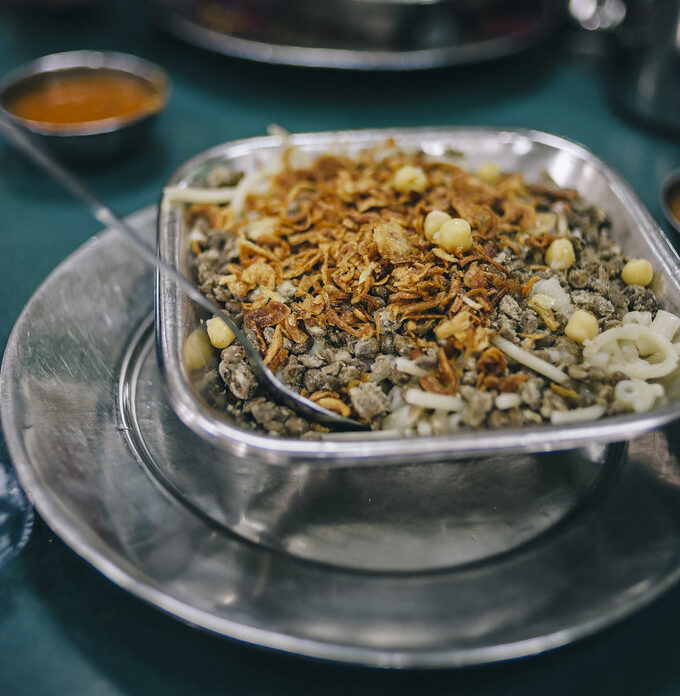
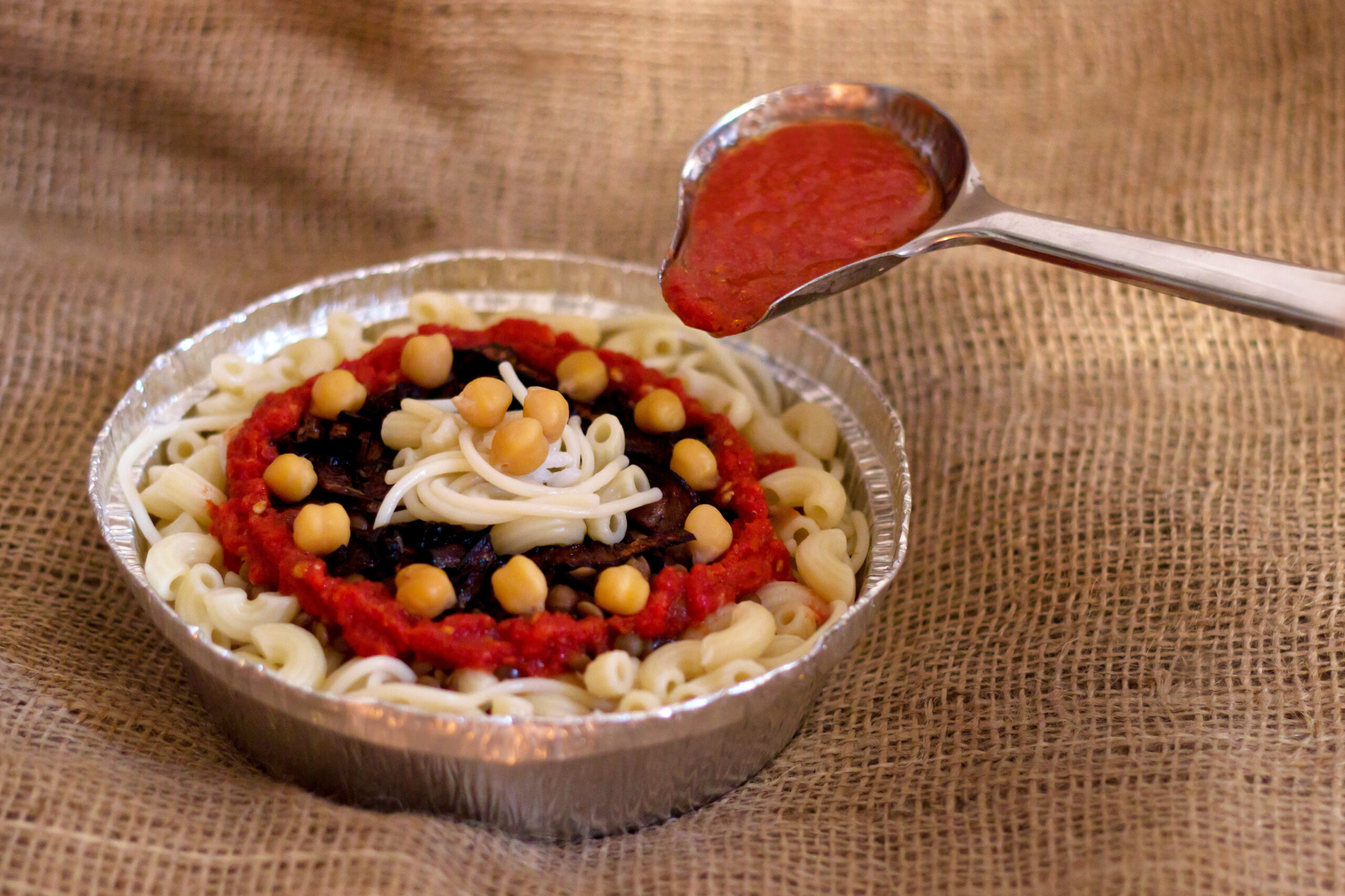
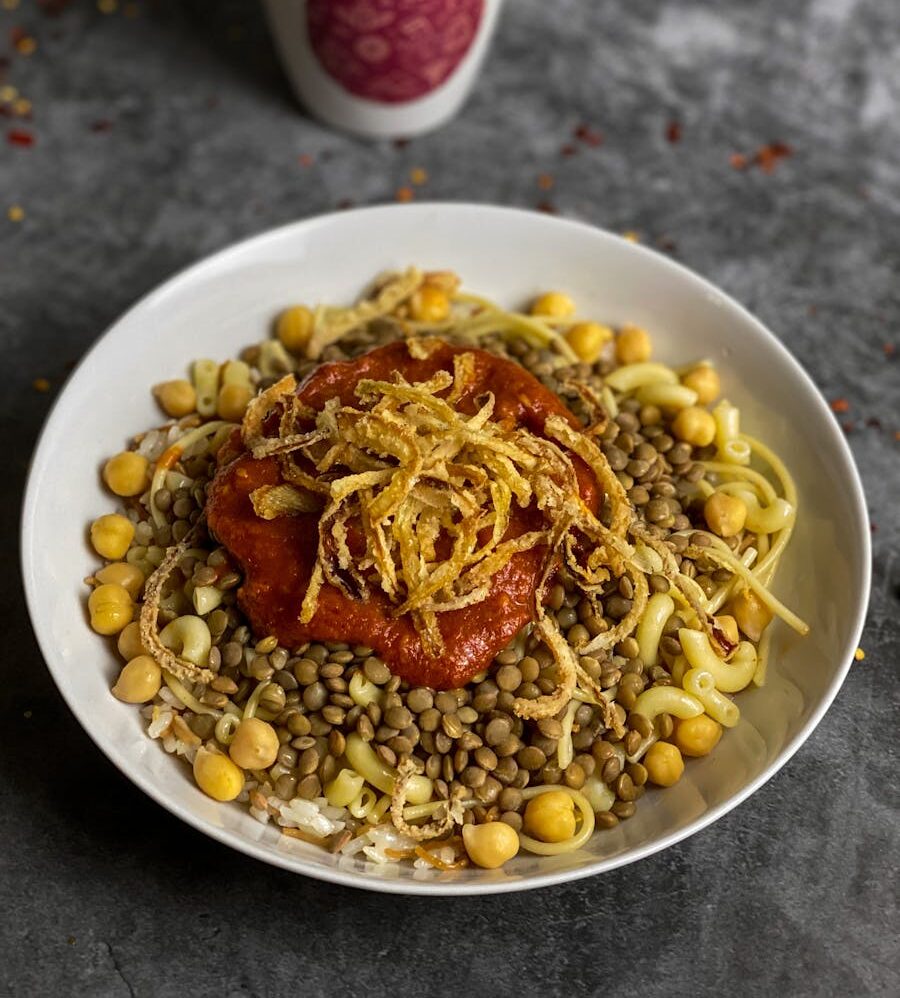
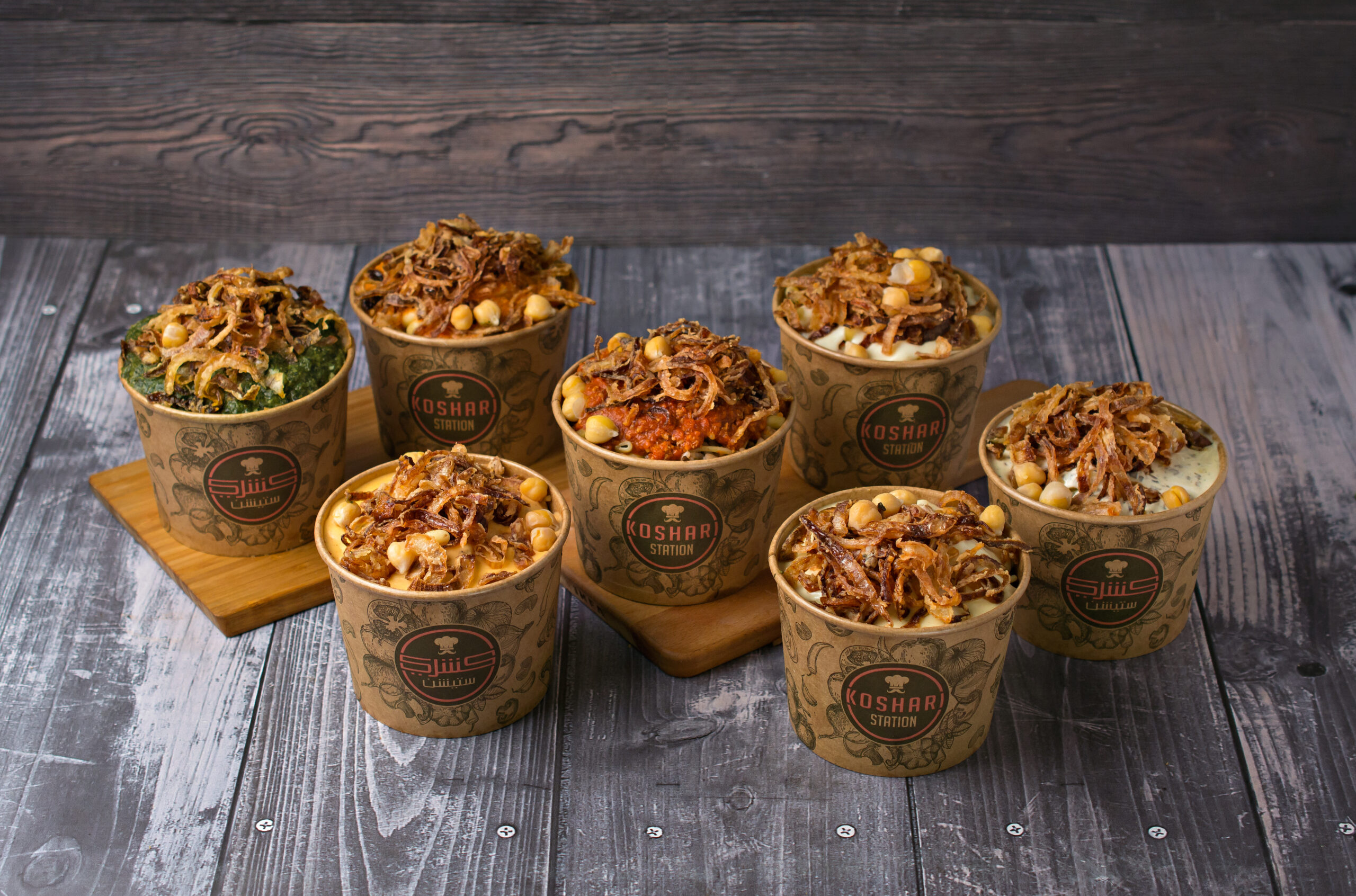
"Koshary"
how Egyptians say it
Vegetarian Status
Vegetarian Friendly
Vegan Status
Vegan Friendly
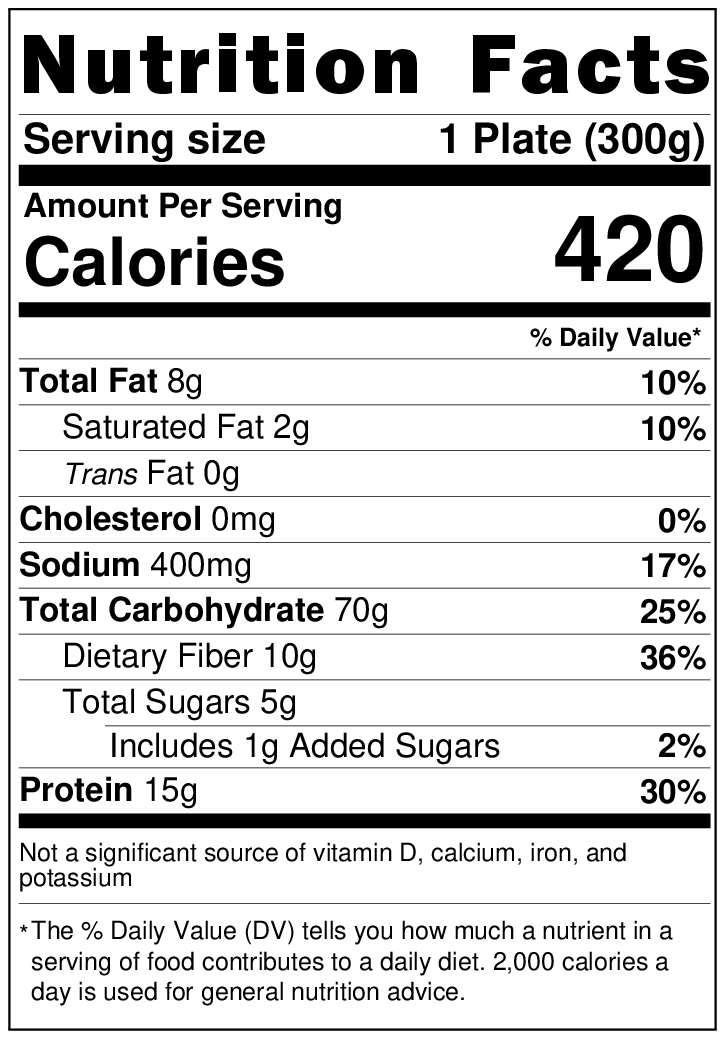
numbers can vary according to dressings and way of cooking
About
The “koshary” (also spelled koshari, kushari, or kosheri) is believed to have originated from the Indian dish khichdi (or khichri), a spiced mixture of rice and lentils. During the 19th century, British colonization brought Indian laborers and soldiers to Egypt, introducing the dish to the region. Egyptians adapted it to local tastes by adding pasta, chickpeas, fried onions, and a tangy tomato sauce, creating the iconic koshary we know today. Over time, the name evolved into “koshary,” blending seamlessly into the Egyptian Arabic lexicon. The dish reflects Egypt’s cosmopolitan history, where influences from India, Italy (via pasta), Mediterranean, and the Middle East came together to create this delicious Egyptian dish. Today, koshary is a symbol of affordability, comfort food, and national pride, deeply ingrained in Egyptian culture.
Ingredients
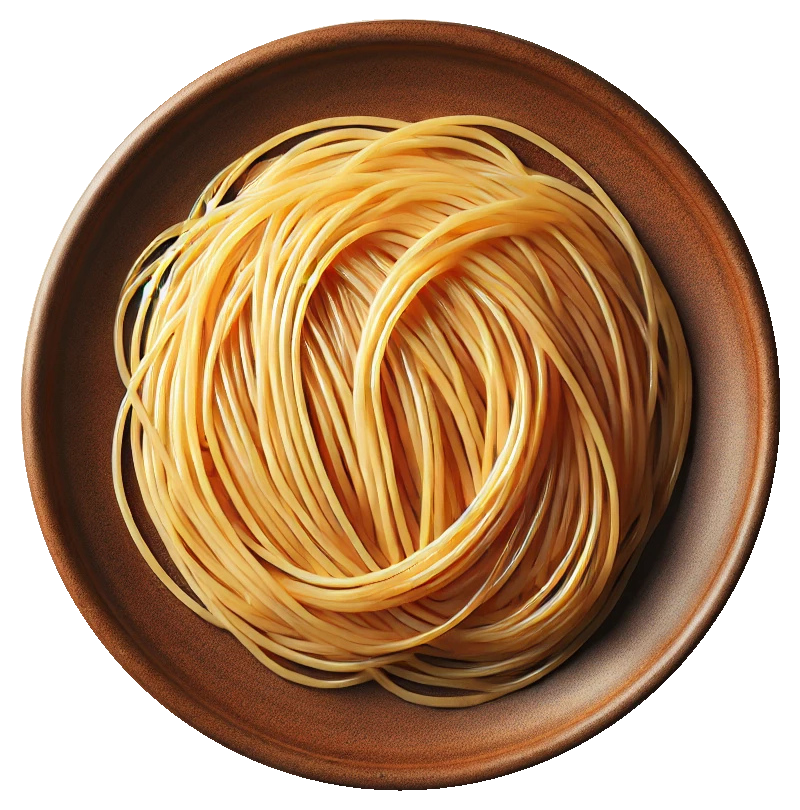
Pasta
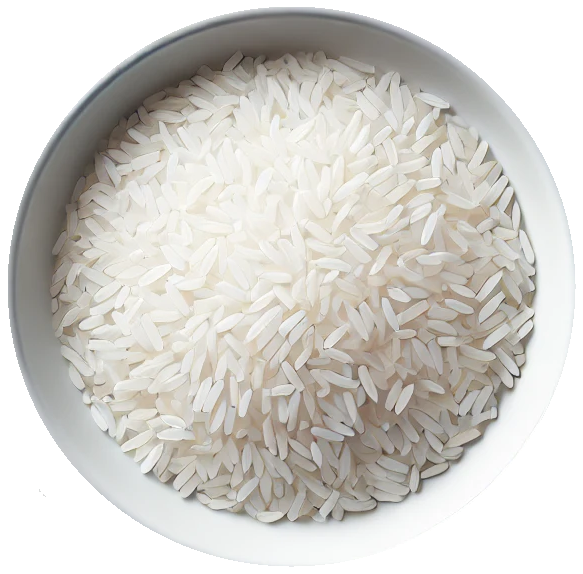
White Rice
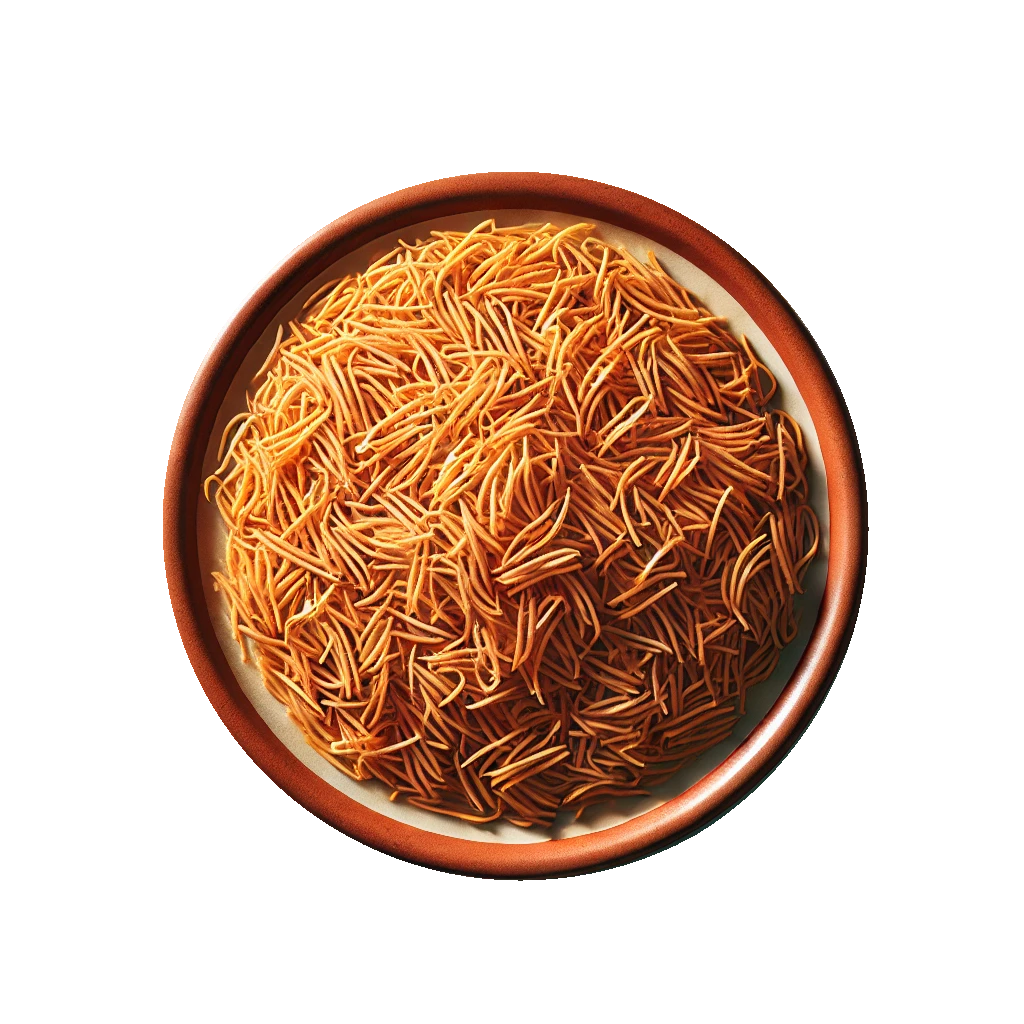
Vermicelli
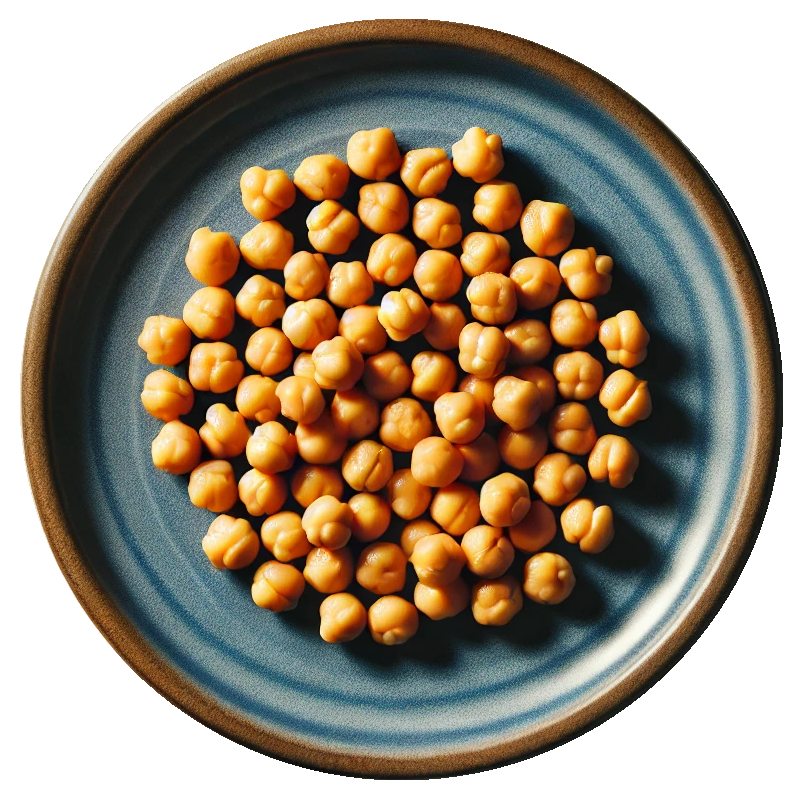
Chickpeas
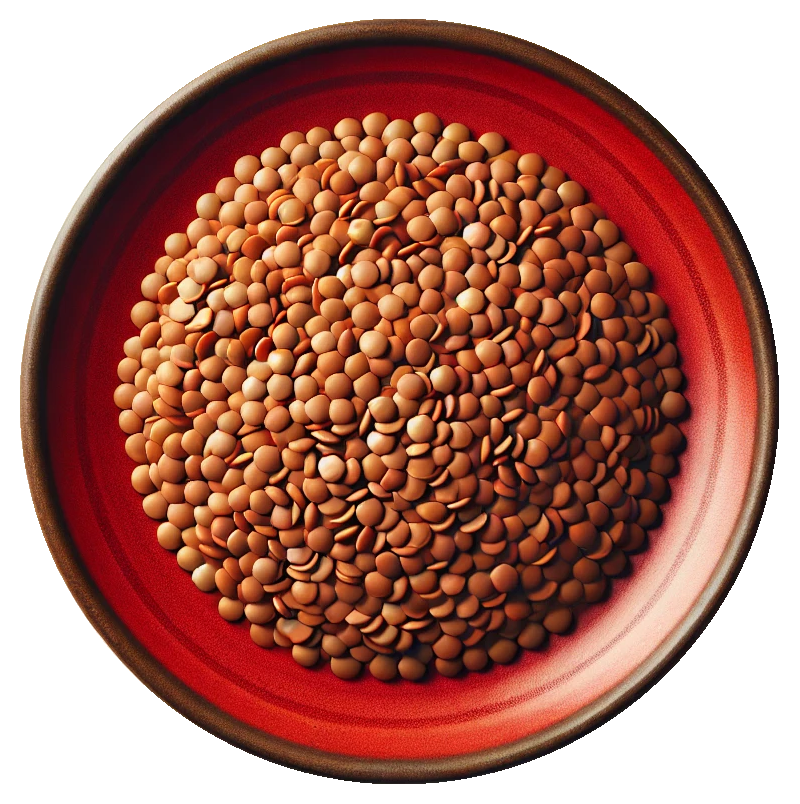
Brown Lentils
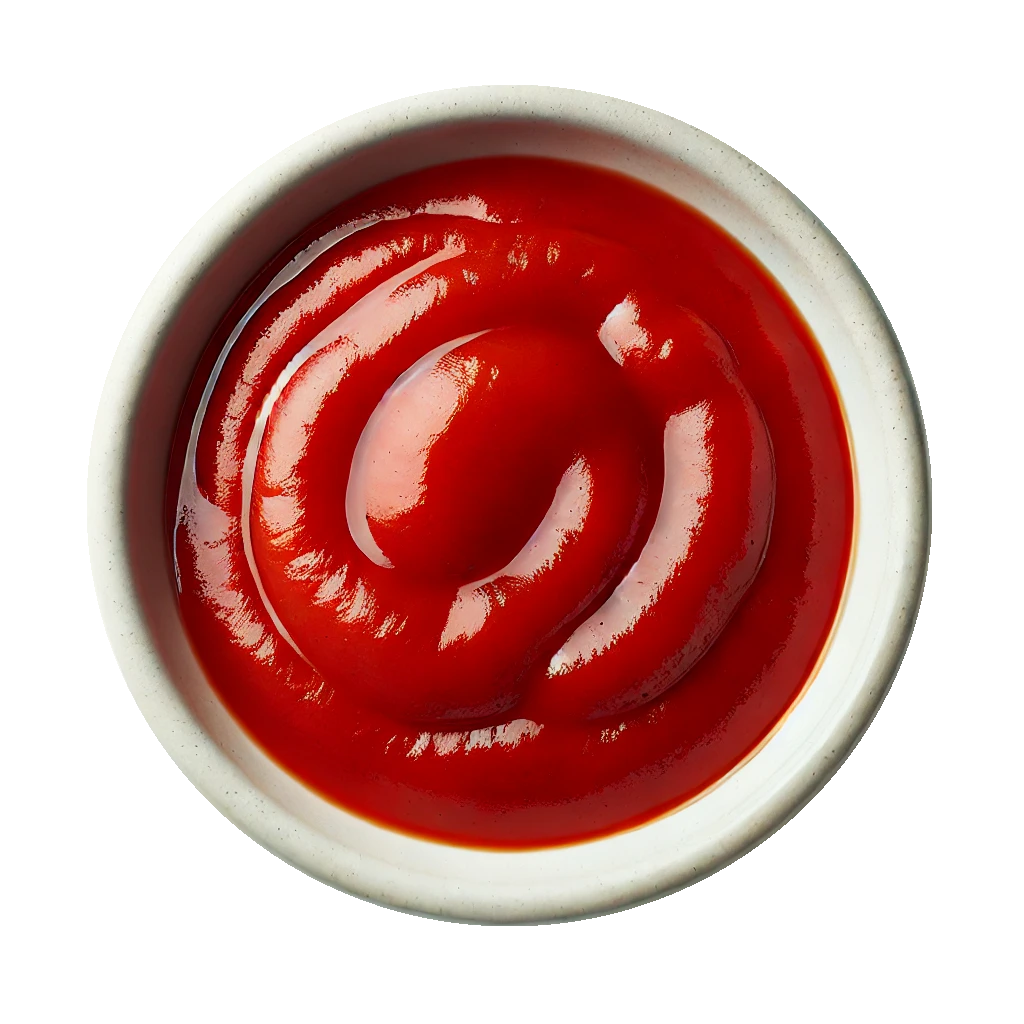
Tomato Puree
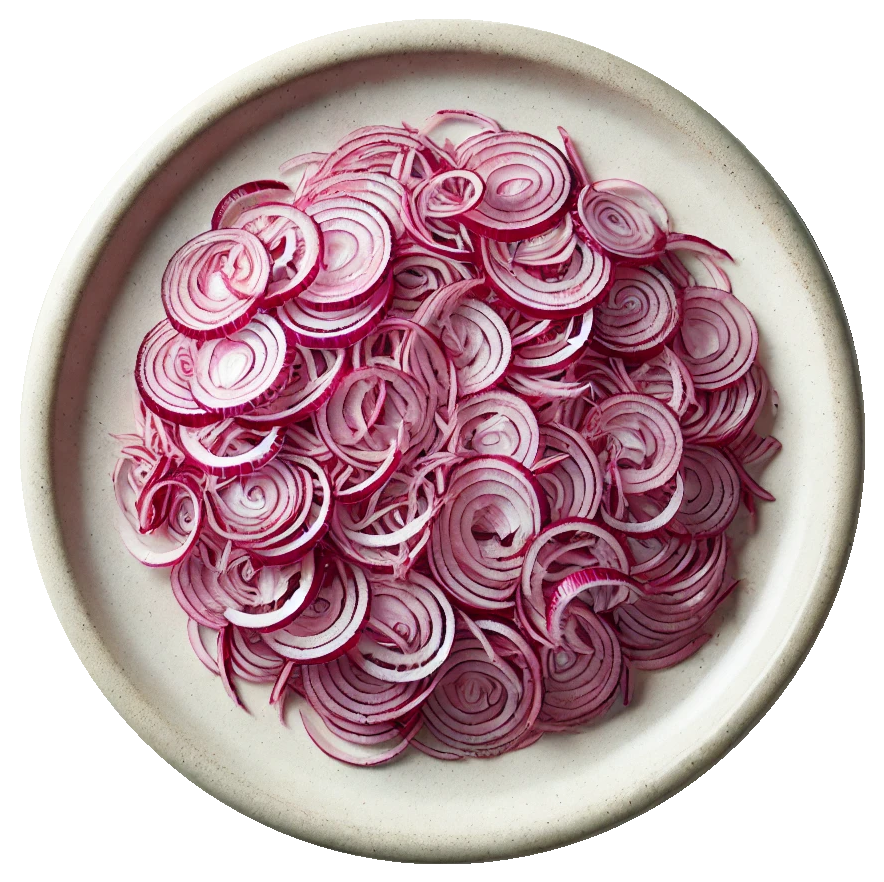
Onions
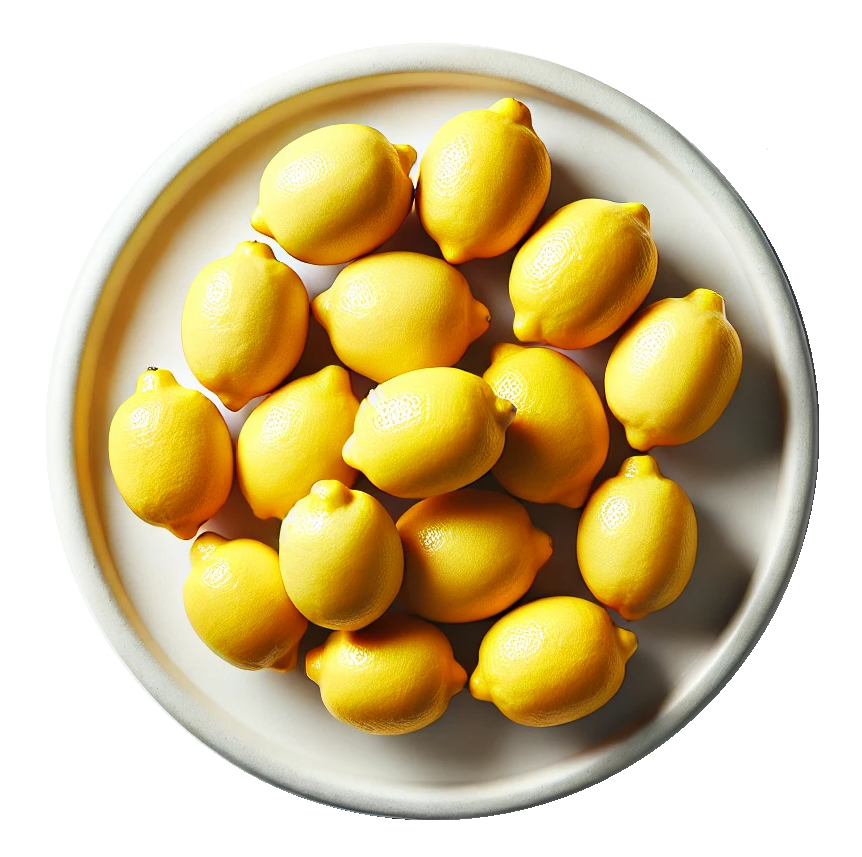
Lemons
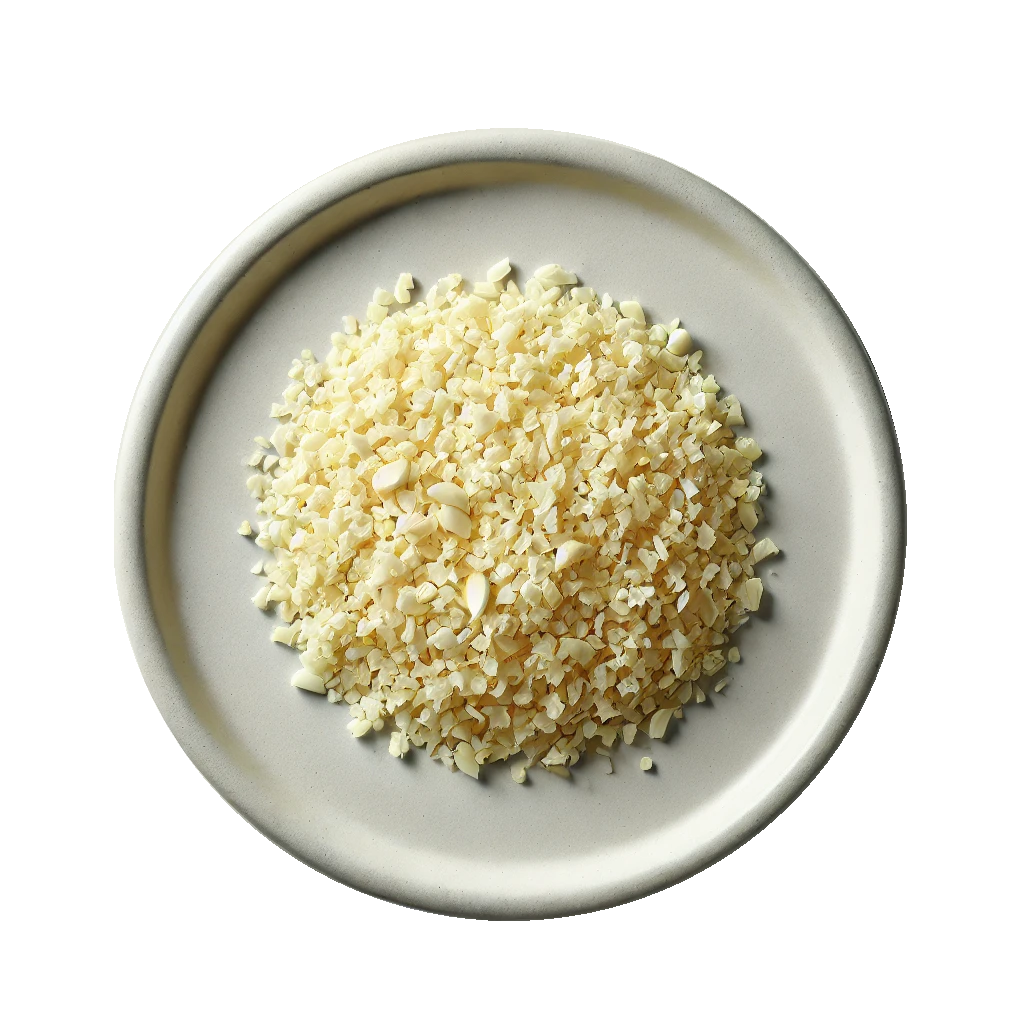
Minced Garlic
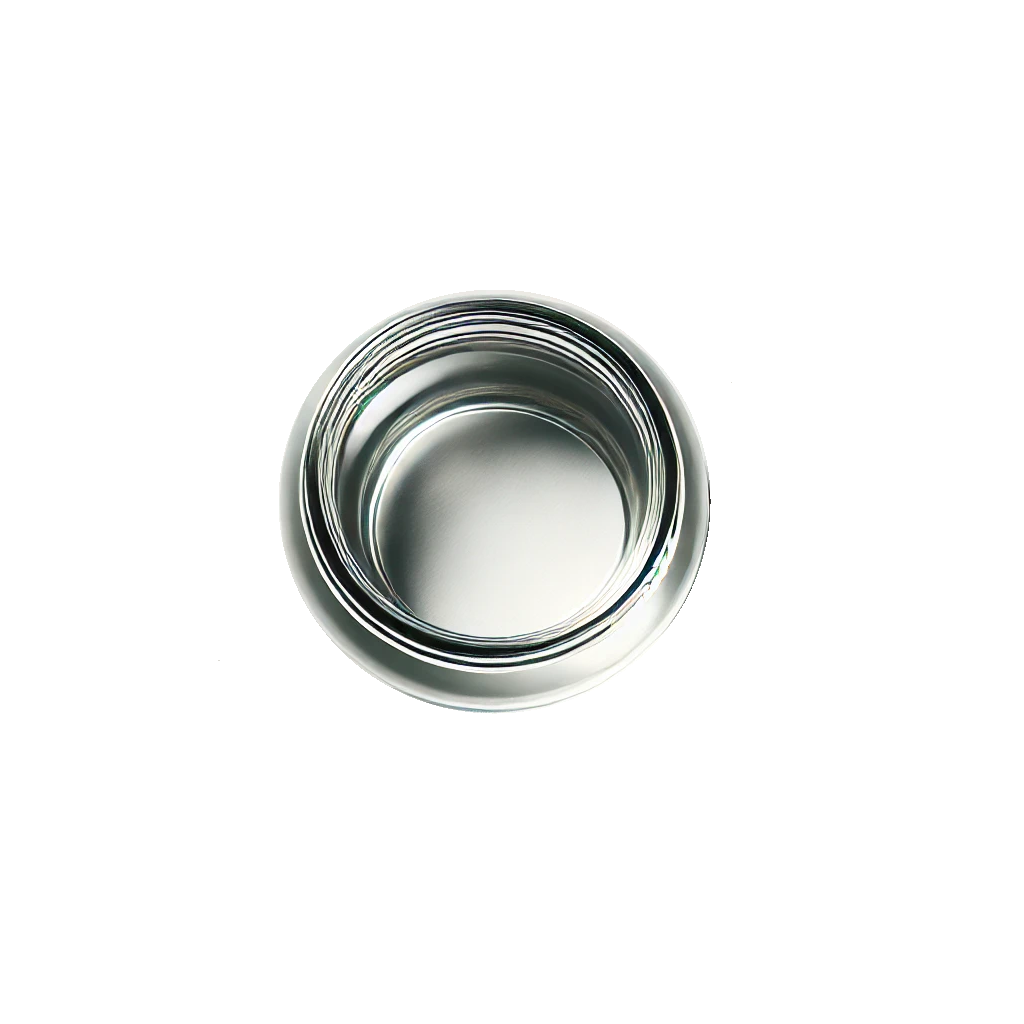
Sugar Cane Vinegar

Vegetable Oil
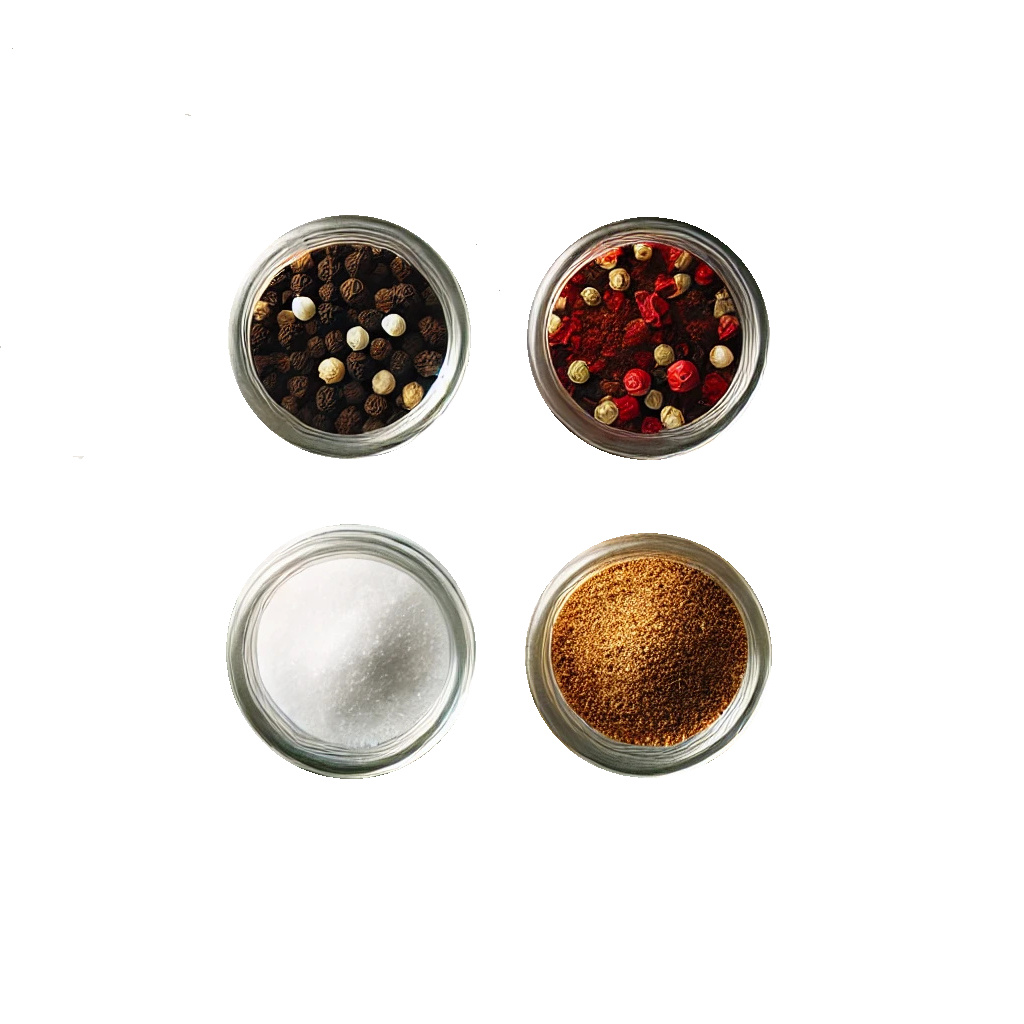
Salt, Black Pepper, Cumin, Paprika, Red Chili (optional)
Recipe
1. Prepare the Lentils:
- Wash 1 cup lentils thoroughly.
- Boil the lentils in water with a pinch of salt until tender (about 20–25 minutes). Drain and set aside.
2. Cook the Rice with Vermicelli:
- Heat 2 tablespoons of vegetable oil in a pot over medium heat.
- Add 1/4 cup of short vermicelli and toast it until golden brown, stirring constantly to prevent burning.
- Add the washed rice to the toasted vermicelli and sauté for 1–2 minutes.
- Pour in 2 cups of water, add a pinch of salt, and bring it to a boil.
- Cover the pot and reduce the heat to low. Cook until the rice and vermicelli are tender and the water is fully absorbed (about 15–20 minutes). Set aside.
3. Boil the Pasta:
- Cook 1 cup pasta in salted boiling water until al dente (follow package instructions). Drain and set aside.
4. Prepare the Tomato Sauce:
- Heat 3 tablespoons of vegetable oil in a pan over medium heat.
- Sauté 1 medium chopped onion until soft and translucent.
- Add 3 minced garlic and cook for another minute.
- Stir in 3 cups tomato puree, 1 teaspoon cumin, 1 teaspoon paprika, salt, pepper, and sugar (if using). Simmer for 10–15 minutes.
- Add 1 tablespoon vinegar and cook for an additional 2 minutes. Adjust seasoning and set aside.
5. Make the Spicy Sauce (Shatta):
- Heat 2 tablespoons of vegetable oil in a small pan.
- Add 2 minced garlic and chili paste or chili powder. Cook for 1–2 minutes.
- Stir in 1 tablespoon vinegar, 1/4 cup water, and salt. Simmer for 2–3 minutes. Set aside.
6. Make the Garnish:
- mix 1 tablespoon vinegar, 2 minced garlic, lemon juice, 1 teaspoon cumin, and salt
7. Fry the Onions:
- Heat 1/4 cup vegetable oil in a deep pan or skillet.
- Fry 2 large sliced onions until golden brown and crispy. Remove and drain on paper towels.
8. Assemble the Koshary:
- Layer the rice at the bottom of a large serving dish.
- Top with lentils, then the macaroni, and then the cooked chickpeas.
- Drizzle the tomato sauce over the layers.
- Add the fried onions on top as the final layer.
9. Serve:
- Serve koshary with the spicy sauce (shatta) and optional garlic-vinegar mixture on the side for guests to adjust the flavor.
- Garnish with lemon wedges, if desired.
Tips:
- You can cook the chickpeas from scratch by soaking them overnight and boiling until tender, or use canned for convenience.
- The fried onions are crucial for the authentic flavor, so make sure they’re crispy and golden brown.
- Adjust the spiciness of the shatta sauce to your preference.
Enjoy your homemade Egyptian koshary! It’s a delightful, hearty meal that’s both satisfying and budget-friendly.
